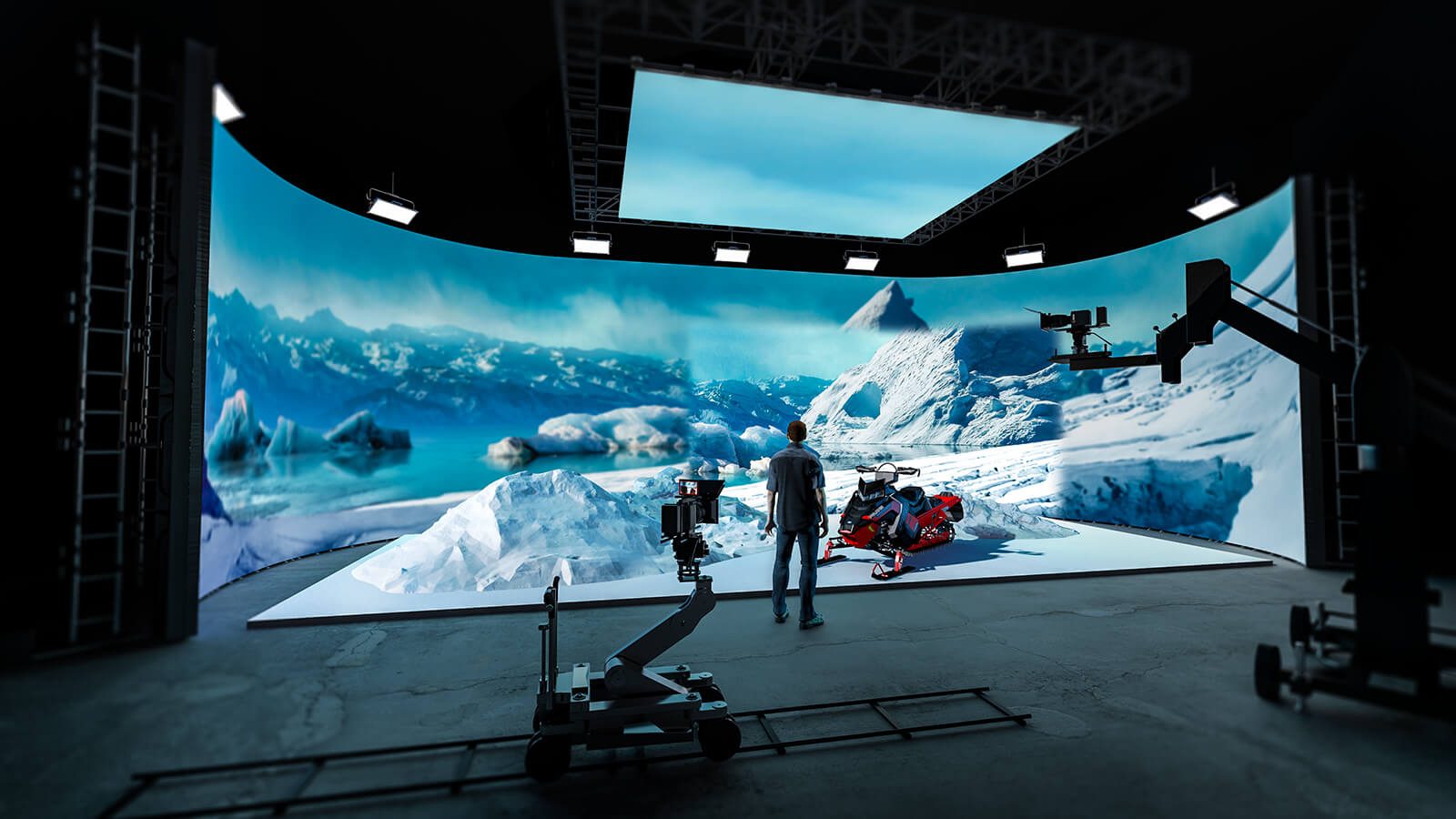Virtual Reality Takes Center Stage: New Developments in Immersive Cinema
5 months, 3 weeks ago
Discover how virtual reality is transforming the film industry with cutting-edge developments in immersive cinema. From interactive storytelling to VR film festivals, explore the future of movie-watching.
The film industry is witnessing a revolution with the advent of virtual reality (VR). This cutting-edge technology is not only changing how films are made but also how audiences experience them. With VR, viewers are no longer passive observers; they become active participants in the story. Let's delve into the latest developments in VR that are set to redefine the future of cinema.

Interactive Storytelling
One of the most significant advancements in VR cinema is interactive storytelling. This innovative approach allows viewers to influence the narrative by making choices that affect the outcome of the story. Filmmakers are experimenting with branching storylines and multiple endings, offering a unique and personalized viewing experience. Imagine being able to decide the fate of the characters in your favorite film – VR makes this possible.
VR Film Festivals
Film festivals are embracing VR, dedicating sections to immersive experiences. Festivals like Sundance and Venice have introduced VR categories, showcasing short films, documentaries, and experimental projects created specifically for virtual reality. These festivals provide a platform for filmmakers to explore the potential of VR and reach a wider audience. Attendees can immerse themselves in diverse worlds, from fantastical landscapes to intimate personal stories, all through VR headsets.
Advancements in VR Technology
The rapid advancements in VR technology are making immersive cinema more accessible and realistic. High-resolution headsets, improved motion tracking, and spatial audio are enhancing the overall experience. Companies like Oculus, HTC, and Sony are leading the charge with state-of-the-art VR hardware that offers unparalleled visual and auditory immersion. These technological innovations are helping filmmakers push the boundaries of traditional storytelling.
Challenges and Opportunities
While VR cinema presents exciting opportunities, it also comes with challenges. Creating VR content requires a different set of skills and techniques compared to traditional filmmaking. Directors and cinematographers must consider 360-degree environments, viewer agency, and the impact of virtual presence. Additionally, the high cost of VR production and the need for specialized equipment can be barriers for some creators. However, as technology becomes more affordable and accessible, these challenges are likely to diminish.
Case Study: “The Line”
A prime example of the potential of VR storytelling is the acclaimed short film “The Line.” This interactive VR experience, set in a miniature model of São Paulo in the 1940s, tells the story of Pedro, a miniature doll who is afraid of change. Viewers can interact with the environment, manipulate objects, and influence Pedro’s journey. “The Line” has received widespread praise for its innovative use of VR to create an emotionally engaging narrative.
The Future of VR Cinema
The future of VR cinema looks promising, with more filmmakers exploring this immersive medium. Major studios and independent creators alike are investing in VR projects, recognizing its potential to revolutionize the film industry. As technology continues to advance, we can expect more sophisticated and immersive VR experiences that will blur the line between reality and fiction.
Virtual reality is poised to transform the way we watch and experience films. From interactive storytelling to VR film festivals, the possibilities are endless. As the technology evolves, it will open new avenues for creativity and storytelling, offering audiences unparalleled levels of immersion and engagement. The future of cinema is here, and it's virtually amazing.


